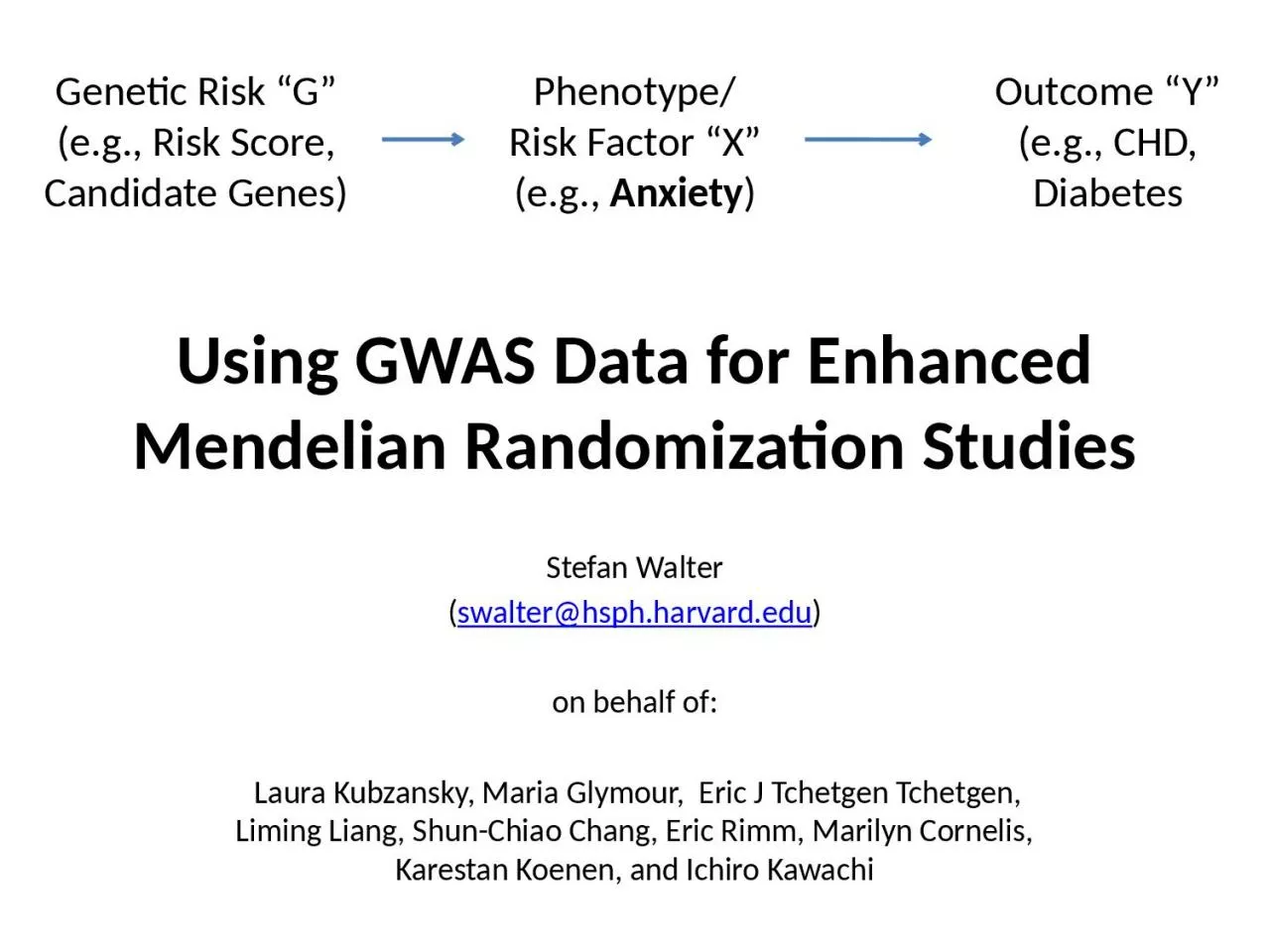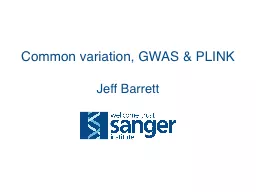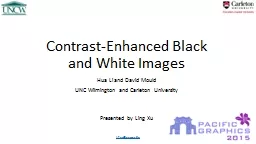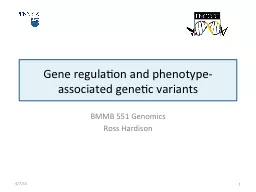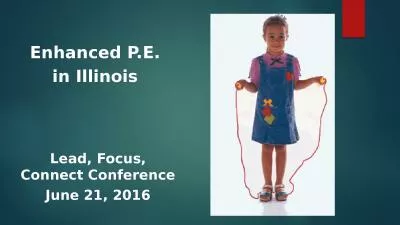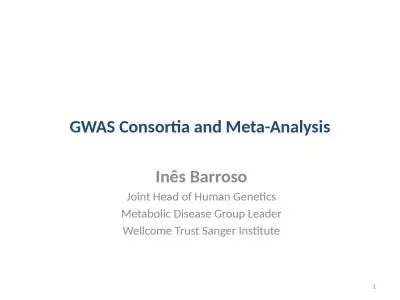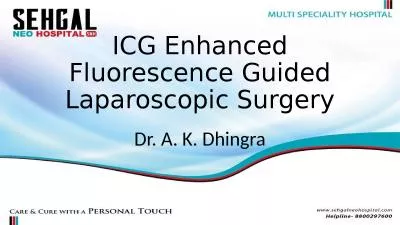PPT-Using GWAS Data for Enhanced
Author : gelbero | Published Date : 2024-01-29
Mendelian Randomization Studies Stefan Walter swalterhsphharvardedu on behalf of Laura Kubzansky Maria Glymour Eric J Tchetgen Tchetgen Liming Liang
Presentation Embed Code
Download Presentation
Download Presentation The PPT/PDF document "Using GWAS Data for Enhanced" is the property of its rightful owner. Permission is granted to download and print the materials on this website for personal, non-commercial use only, and to display it on your personal computer provided you do not modify the materials and that you retain all copyright notices contained in the materials. By downloading content from our website, you accept the terms of this agreement.
Using GWAS Data for Enhanced: Transcript
Download Rules Of Document
"Using GWAS Data for Enhanced"The content belongs to its owner. You may download and print it for personal use, without modification, and keep all copyright notices. By downloading, you agree to these terms.
Related Documents

